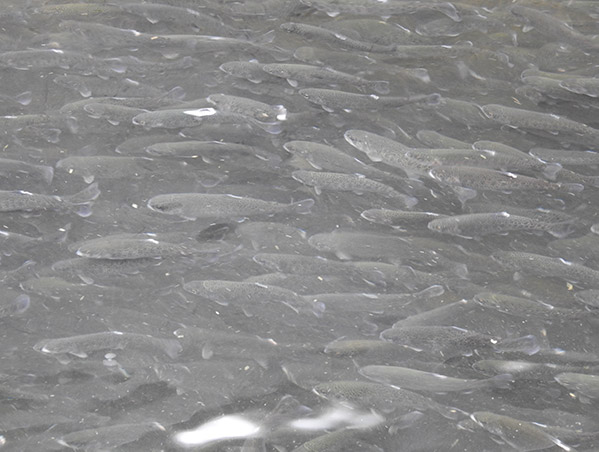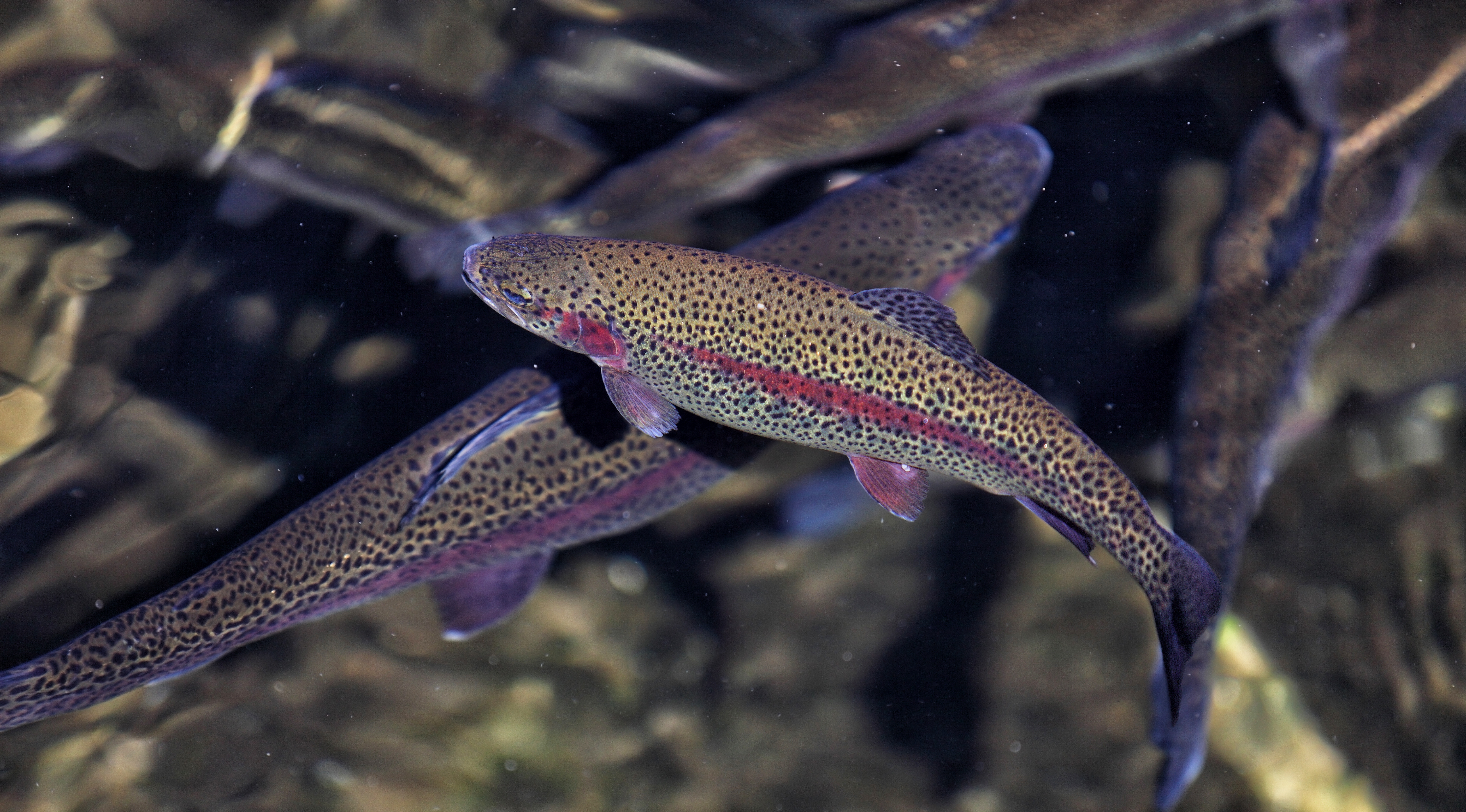Section 2 | Fish Health Management
Industry
Page 08 /
Stocking Densities
Nobody goes there anymore, it’s too crowded
Yogi Berra

Source: ACER Consulting Ltd.
Keeping too many fish in a given tank can have many negative consequences. High stocking densities can cause:
- Competition for scarce resources
- Variability in growth rates
- Higher accumulation of fish waste with negative effects on health
- Negatively impact reproductive success
- Increased disease transmission
- Social stress and immunosuppression
On the flip side, understocking may lead to territorial and aggressive behaviour. Finding the right balance can be a challenge.The correct stocking density is highly dependant on environmental conditions and the production stage of your fish. Variables such as species of fish, life stage, water temperature, depth of the water in the tank (e.g. ability to use thermocline for thermoregulation), water quality, and dissolved oxygen content can all affect the stocking density for a particular group of fish. Your trusted fish health consultant can help you decide what stocking density will ensure fish health on your operation.
With all the factors that affect stocking density, how can you make sure you’re getting it right? One good way to monitor the effects of stocking density is routinely measuring water quality. Water quality measures such as oxygen, metabolites (ammonia), total solids, temperature, and pH are all greatly affected by stocking density and can have profound effects on fish health. The next section will cover the importance of measuring and ensuring water quality in the overall health of the fish on your operation.
